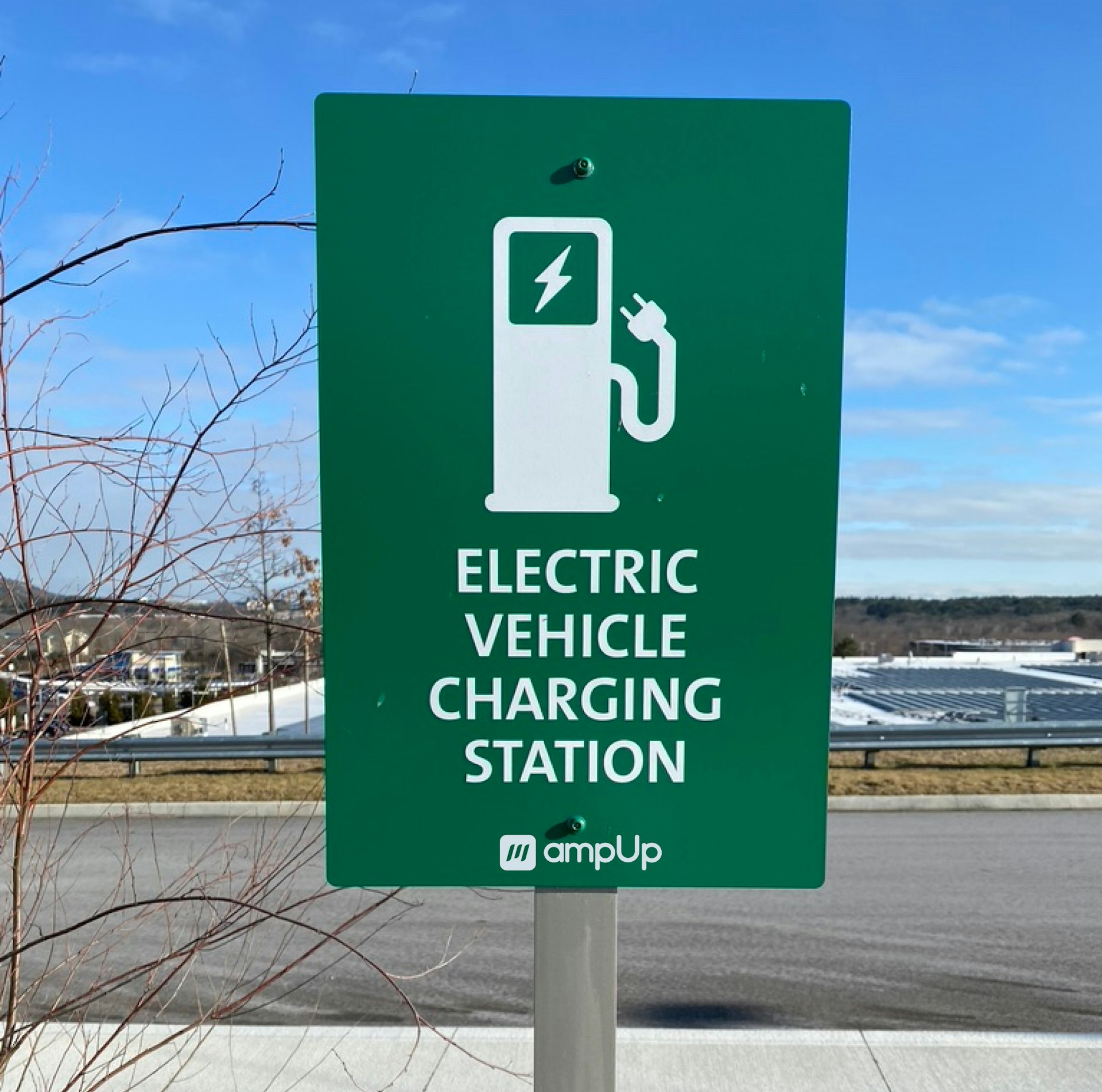How Automation is Transforming the Business Workforce: Opportunities, Challenges, and What Comes Next

Photo by Michael Fousert on Unsplash
Introduction: Automation’s Growing Influence on the Workforce
Automation is fundamentally changing how businesses operate and how employees contribute to organizational goals. As artificial intelligence (AI), robotics, and digital tools become increasingly embedded in everyday workflows, business leaders and workers alike are navigating a rapidly evolving landscape. Understanding the scope, benefits, risks, and actionable steps for adaptation is essential for any organization or individual seeking to thrive in the modern economy.
How Automation Is Reshaping the Workforce
Automation is not just a buzzword-it is an engine of productivity and organizational change. Over 90% of workers report that automation increases their productivity, with companies investing in automation seeing an average 22% boost in output [1] . However, automation’s impact goes beyond efficiency. By 2030, automation is expected to displace approximately 92 million jobs but simultaneously create 170 million new positions, resulting in a net gain of 78 million jobs globally [1] . The workforce is not shrinking; rather, roles are shifting, and new opportunities are emerging in tech-driven sectors.
Changing Job Roles and Skill Requirements
Automation is transforming not only the types of jobs available but also the skills required to perform them. According to recent studies, 44% of workers will need reskilling or upskilling within the next five years to stay relevant [1] . Clerical, administrative, and routine manufacturing jobs are among the most vulnerable to automation, while roles in IT, product development, and data analysis are expected to grow [5] .
For example, bank teller and cashier positions are declining rapidly as digital banking and self-checkout options expand, with projections showing a 15% decline in bank teller employment and an 11% decline for cashiers between 2023 and 2033 [5] . In contrast, technology-related jobs are experiencing significant growth as companies invest in AI and digital transformation [3] .
Impacts on Productivity, Job Satisfaction, and Workplace Dynamics
The integration of automation and AI has led to measurable improvements in productivity and job satisfaction. Teams that use AI intensively report 72% high productivity and 59% increased job satisfaction [3] . By automating tedious and repetitive tasks, employees can focus on higher-value activities, leading to more engaging work experiences and reduced stress. In sectors such as finance and HR, employee positivity increased from 66% to 89% and from 72% to 95%, respectively, after automation was introduced [1] .

Photo by EqualStock on Unsplash
Practical Steps for Adapting to Automation
Adapting to automation is not just about technology-it’s about people, processes, and strategic planning. Here are key steps organizations and individuals can take:
1. Identify Processes Best Suited for Automation
Start by evaluating which business processes are repetitive, time-consuming, and prone to human error. These are ideal candidates for automation. Consult with department leads and frontline employees to identify bottlenecks and opportunities for improvement. Begin with well-defined, high-impact processes to demonstrate quick wins and build momentum for larger initiatives [1] .
2. Invest in Reskilling and Upskilling
With 44% of workers needing new skills in the next five years, continuous learning is critical. Companies can provide access to online courses, certifications, and in-house training programs focused on digital literacy, data analysis, and AI fundamentals. Individuals can also take initiative by seeking out free or low-cost resources offered by leading technology companies and educational institutions. For guidance, consider searching for “digital skills training” or contacting local workforce development agencies.
3. Emphasize Change Management and Communication
Successful automation initiatives require clear communication and robust change management strategies. Engage employees early, explain the benefits of automation, and provide forums for feedback. Address concerns about job security by highlighting new opportunities for career growth and offering pathways for reskilling. Organizations that invest in change management and support see higher success rates and smoother transitions.
4. Foster Collaboration Between IT and Business Units
Automation should be viewed as a business transformation, not just an IT project. Cross-functional teams-combining business leaders, IT professionals, and end-users-can ensure that solutions align with organizational goals and deliver measurable outcomes. Companies can also benefit from external consultants specializing in automation strategy and implementation. When seeking such partners, use search terms like “business process automation consulting” or “AI integration services.”
Challenges and How to Overcome Them
Despite the promise of automation, 70% of digital transformation projects fail to meet their objectives, and 73% of automation initiatives do not achieve their intended return on investment [1] . Common barriers include:
- Technical integration issues
- Process complexity
- Employee resistance
- Lack of adequate training
- Viewing automation as purely technical rather than strategic
To overcome these challenges, organizations should:
- Start small, with pilot projects that can demonstrate value
- Invest in robust employee education and support
- Regularly review and refine automation processes based on performance metrics
- Foster a culture of continuous improvement and adaptability
Case Studies and Real-World Examples
Many organizations have successfully leveraged automation to create new value. For instance, in the finance sector, automation of compliance and reporting tasks freed up analysts to focus on strategic decision-making, improving both speed and accuracy. In retail, automation of inventory management and supply chain logistics reduced costs and improved fulfillment times without major workforce reductions. These examples show that, when implemented with care and foresight, automation can drive both business outcomes and employee satisfaction [3] .
Alternative Approaches and Future Considerations
Not every organization will or should automate at the same pace. Some businesses may prioritize gradual adoption, focusing on hybrid models where humans and automation tools work side by side. Others may prioritize specialized automation platforms tailored to their industry. Importantly, leaders should monitor regulatory developments and evolving best practices, as the legal and ethical landscape of workplace automation continues to evolve. For the latest trends, consider reviewing industry reports from reputable organizations such as the World Economic Forum or searching for “future of work automation reports.”
How to Access Training, Resources, and Support
If you or your organization are seeking to adapt to automation, here are actionable steps to get started:
- Contact your local workforce development agency for information on available training programs and job placement services.
- Search for “reskilling and upskilling programs near me” or use online learning platforms endorsed by major technology providers.
- For official labor market updates and workforce statistics, visit the websites of established organizations such as the U.S. Bureau of Labor Statistics or the World Economic Forum.
- If your business is considering automation tools, consult with industry-specific professional associations for best practices and vendor recommendations.
Remember, support may also be available through local chambers of commerce, community colleges, and nonprofit workforce organizations. You can call your state’s Department of Labor for information about grants and subsidies for workforce retraining, or search for “automation workforce grants” to identify current opportunities.
Key Takeaways
Automation is transforming the business workforce in profound ways. While some jobs will disappear, many more will be created, and roles across the board will shift towards higher-value, technology-enabled work. The most successful organizations and individuals will be those who embrace change, invest in continuous learning, and proactively seek out new opportunities in the evolving landscape. By understanding the challenges and leveraging available resources, businesses and workers can not only adapt but thrive in the era of automation.
References
- [1] ThunderBit (2025). Automation Statistics 2025: Comprehensive Industry Data & Insights.
- [2] Exploding Topics (2025). 60+ Stats On AI Replacing Jobs.
- [3] Archie (2025). The State of Technology in the Workplace: Statistics.
- [4] World Economic Forum (2025). Future of Jobs Report 2025.
- [5] National University (2025). 59 AI Job Statistics: Future of U.S. Jobs.
MORE FROM smartsavingsfinder.com













